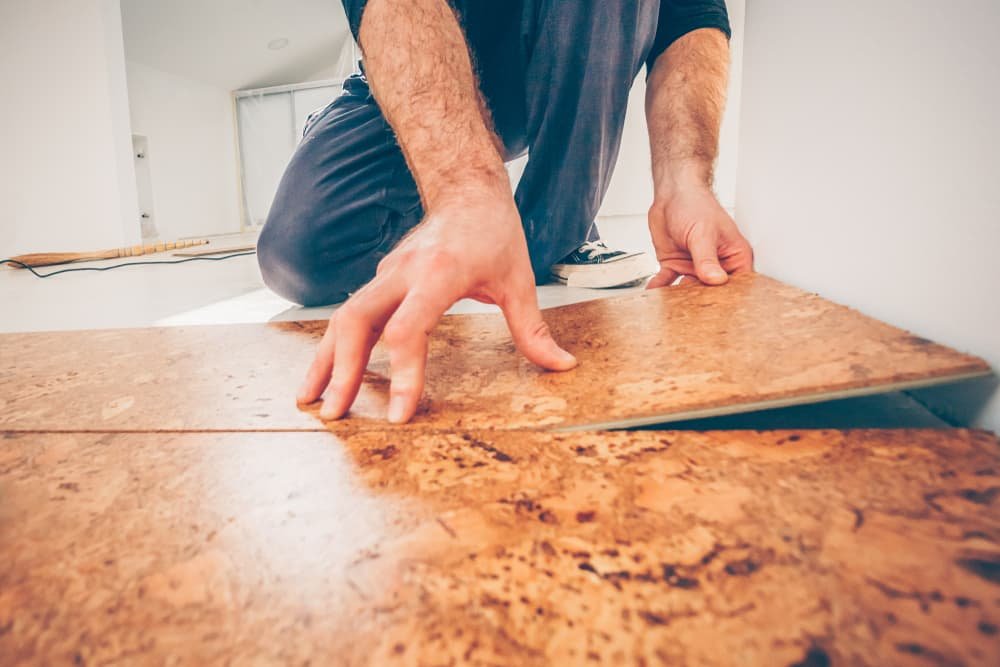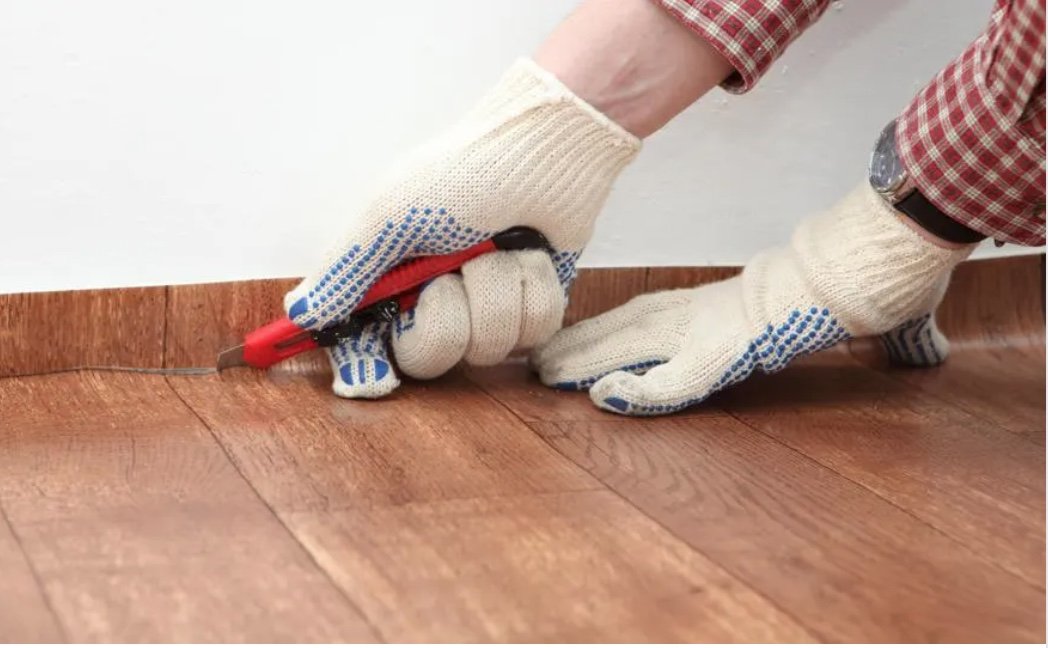The Best Flooring Options for Tiny House Living: Durability and Style
The flooring material you choose for your tiny homes is one of your biggest decisions.. and it’s a tough one!
You need to consider style, weight, feel under foot, warmth, texture, sound, waterproofness, pet-proofness and general durability. Oh… and cost! Who knew it could get so complicated?!
1) Hardwood Floors
Hardwood floorboards look and feel delicious. There is nothing quite like real wood in a tiny house! It’s lovely to walk on, is warm under foot and will cope ok with water (although might stain so you wouldn’t want to use it in a bathroom). However, it is very expensive so unless you can get your hands on recycled wood, you’re in for a big bill. It takes a long time to install and it’s also very heavy. If you have pets on a hardwood floor in a small space, it’s going to get a lot of wear and tear… and their claws will click clack on the wood. It is possible to sand back and re-finish hardwood floors if needs be… but who really wants to do that?
PROS: Super good looking, nice to walk on, long-wearing
CONS: Expensive, heavy, noisy, easy to scratch and water-stain
2) Laminate Flooring
Laminate flooring is appealing because with the technology available these days, it looks and feels a lot like real wood. It is relatively lightweight, compared to hardwood flooring, and very quick and easy to install. However, it is very sensitive to water (if you get it wet, you’ll probably have to replace it) and once installed is difficult to remove and replace single sections due to the click together mechanism. It will also be susceptible to pet claw scratches and click clacking.
PROS: Cheaper, lightweight, quick to install
CONS: Highly water sensitive, noisy, not very durable, difficult to replace
3) Cork Flooring
Another potential flooring choice for tiny homes is cork tiles. Cork is an environmentally-friendly sustainable product as it comes from the bark of a cork tree. It was very popular in the 70s but is still available in both residential and commercial applications. It’s lightweight, very warm, lovely to walk on, waterproof, highly durable, absorbs sound, is relatively quick to install and will tolerate pet paws easily with no click clacking. The only real downside of cork is it’s difficult to source, quite expensive and doesn’t replicate wood so has a very particular look and feel about it… not to everyone’s taste!
PROS: Lightweight, warm, durable, feels good underfoot, absorbs sound, great for pets, waterproof, quick to install
CONS: Difficult to source, expensive, unusual looking
4) Linoleum Flooring
When you think linoleum flooring, you might think of old-school lino that’s super cheap, ugly and plastic-y looking. But Lino’s main ingredient is actually linseed oil which is mixed with other natural ingredients like cork dust, wood flour, pine resin, ground limestone, and pigments. Lino is lightweight, warm to walk on, good at absorbing sound, very quick to install and you can get linos that give the look and feel of wood. Ish. The downside is… you might need to use toxic glues during installation, lino isn’t super durable, can change colour with sunlight and doesn’t love getting water on it. You will get pet claw scratches, furniture dents and so on…. so unfortunately it’s not ideal for tiny homes.
PROS: Cheaper, lightweight, quick to install, good underfoot, sound absorbing
CONS: Water and light sensitive, not very durable, not great for pets
5) Vinyl Flooring
The final option to consider is the one we favour in our builds… vinyl flooring. When you think vinyl, you might still think of vinyl rolls. But thanks to technological advances and enhanced design capability, vinyl floors can now look and feel nearly identical to either wood planks or ceramic tiles. Vinyl planks are made from 4 basic layers - a layer of PVC, a printed design layer, a wear layer and a reinforced polyurethane treatment layer. Vinyl flooring may not be natural or biodegradable but it ticks all the other boxes. It mimics wood even better than laminate, is lightweight, is the easiest product to install, feels good under foot, absorbs sound, is waterproof (so can be used in bathrooms) and is incredibly durable – no pet claw scratches and no click clacks either! It’s also very affordable. Plus, if a plank gets damaged, a single plank can be very easily removed and replaced.
Our favourite vinyl flooring is a design product popular with architects called Karndean. They have a range of loose-lay planks with advanced gripping technology that makes the planks automatically stick to the floor, without the use of toxic glues. These planks have 5 layers with the additional friction-grip layer so provide additional acoustic benefits… and you can get them to match any type of natural wood in your house.
PROS: Cheaper, lightweight, quick to install, feels good underfoot, sound absorbing, 100% waterproof, great looking, easy to replace, super durable, great for pets.
CONS: None. Okay maybe one... it’s not real wood… but it sure looks like it!!
I think we have a winner!
So there we have it… the pros and cons of 5 different tiny house flooring options. We just saved you weeks of research! At Uber Tiny Homes our preference is for vinyl planks for all of the reasons mentioned above but we can, of course, accommodate your preference... providing it is within the strict weight restrictions of the tiny home.






